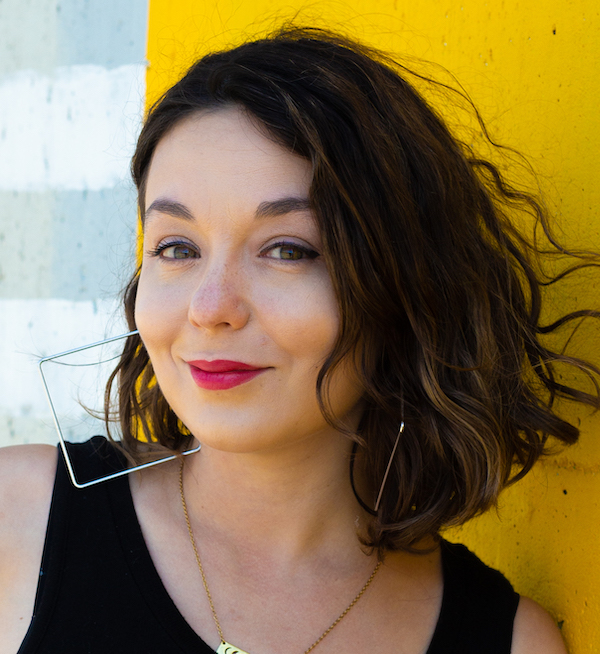
- Details
- By Elyse Wild
On a winding highway outside of Missoula, towering images of Native American women with red handprints on their faces stand out against the vast Montana landscape. Alongside them, text sends a powerful message against the endless sky: ”Will you look for me if I go missing?” “We are still here.” “We will no longer stay silent.”
It’s enough to make someone stop the car.
Most billboards tempt drivers with fast-food deals at an upcoming exit or direct them to must-see tourist attractions along their route. These billboards are alerting people to a nationwide crisis: Missing and Murdered Indigenous People (MMIP).
Jen Murphy, the creator behind the billboards and an enrolled member of the Chippewa Cree Tribe, wanted to raise awareness of the crisis in a way that people “couldn’t not see.”
“I wanted a large scale that people have to see,” Murphy told Native News Online. “And I really hope that people look at them and want to know more.”
The MMIP crisis is prevalent across the country, with Indigenous peoples being murdered at a rate ten times the national average. While the Bureau of Indian Affairs estimates there are 4,200 unsolved MMIP cases, the actual number is likely higher, Native advocates say.
The Montana Community Foundation reports that Native Americans make up 6.7% of the state’s population, but account for 26% of missing persons cases.
Murphy grew up in Havre, a small town with a population of 9,500, located about 30 miles north of the Rocky Boy Reservation. After college, she moved to Missoula, the state’s second-largest city. It was there she saw the MMIP crisis unfold in 2018.
On June 16, 2018, 23-year-old Jermaine Charlo, an enrolled member of the Confederated Salish and Kootenai Tribe, disappeared from downtown Missoula. Murphy told Native News Online that she had an up-close view of the investigation that left her disheartened.
“The notable things that really stuck out to me for the first 48 hours of that case just weren't dealt with as quickly as I think they should have been,” she said. “The Missoula Police Department has done a lot of good work after those first 48 hours, but those first 48 hours are so crucial.”
She saw media and the public interest in the search for Charlo wane as the weeks went on.
“Historically, that is the case with our people,” she said. “It lit a fire under me to figure out what I could do to help.”
Galvanized by Charlo’s disappearance, Murphy — a chaplain and personal trainer — decided to use her self-taught photography skills to raise awareness. She picked a date and a location, put out a call for models, and waited.
“Three or four people showed up to the first shoot, and I felt discouraged,” she said. “It's almost like my ancestors were screaming at me: ‘You need to keep going!’ So I scheduled another photoshoot.”
More and more people responded to Murphey’s call for models, each bringing with them their own conviction for wanting to raise awareness for the MMIP crisis. Soon, Murphy had a collection of powerful images of Native women, their faces marked with a bright red handprint, an image that has come to represent MMIP.
When considering how to get the images in front of people, Murphy said the answer was clear: billboards.
She connected with outdoor advertising company, Lamar Advertising, which leases more than 360,000 billboards across the United States. The company was immediately on board, Murphy said, providing billboard space for the project at a discount. They featured her work in the company’s 25th-anniversary video and funded a nationwide digital billboard campaign of her work.
Murphy said each billboard is carefully considered. After choosing an image, she engages in prayer, ceremony and consultations with her loved ones to determine which messages she wants to appear alongside the images.
“I'm a big believer in really doing everything in prayer … lighting some sage or sweet grass, praying about it and really setting my mind to the issue,” she said. “I think everything is done better in collaboration.”
Today, the billboards are funded entirely by donations. Murphy hopes to someday expand the project to the rest of the U.S. and Canada.
This year, Murphy executive-produced a short film called Not Afraid, directed by Mikaela Bruce. The film tells the story of a young Native woman affected by the MMIP crisis in rural Montana. It garnered recognition on the film festival circuit and won the Windrider Film Showcase 2024 Indigenous Film and Culture Award.
Murphy said she and the team behind the film have ambitions to produce a feature-length film next year.
She hopes the billboards and the film will inspire others to help raise awareness for the crisis, by whatever means they feel called.
“It’s not about me, it’s never been about me, it’s about the issue,” Murphy said. “That’s when things happen, when you really push forward with intention and purpose.”
More Stories Like This
Cherokee Nation Proposes $30 Million OU Nursing School Partnership to Expand Health WorkforceHealth Stories We’ll Be Following in 2026
Indian Country Faces Crippling Premiums Under Expired Affordable Care Act Credits
Artificial Intelligence Impacts the Art and Science of Dentistry – AI Part 2
Feds Announce $50 Billion to States for Rural Health, Tribes Barely Mentioned in Awards


